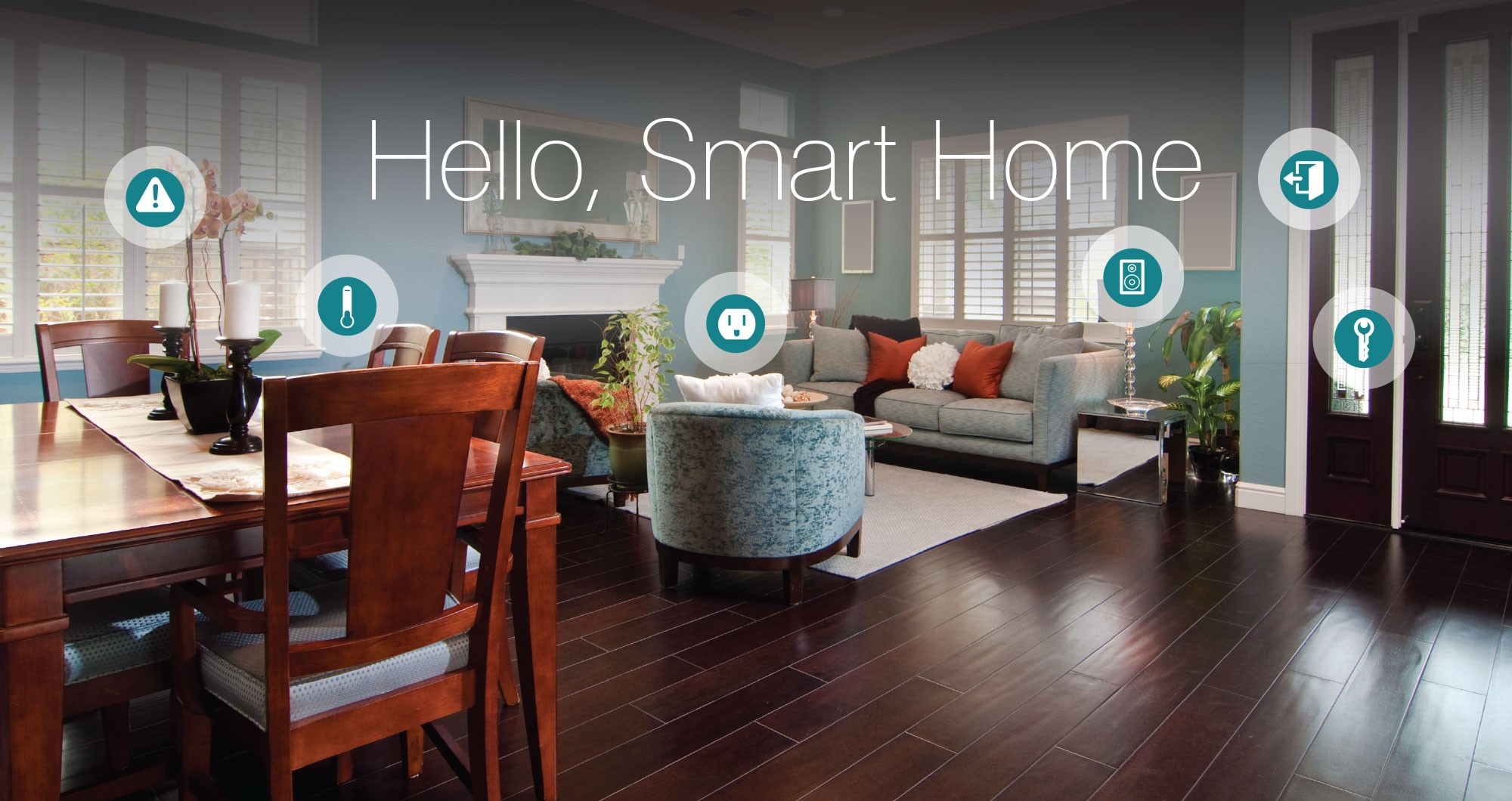
Tech journalists and venture capitalists are touting the internet of things and the smart home as the next area growth. They claim that adoption has been slow due to the cost of IoT devices and incompatible ecosystems. With larger players like Google and Samsung getting into the game with Hubs and other devices, we can expect a sudden increase in interest. The question is, what does a typical day for a connected home family look like?
Very early morning
A trip downstairs to get water or to the toilet will see the immediate lights coming on and going off automatically triggered by sensors.
Wake up
Woken up by either a connected alarm or the alarm on the smartphone, the initial movement will trigger the start of the coffee machine in the kitchen. Exterior lights will switch off and motorized blinds will open to provide natural light.
Leave for work
The home hub will tell the family what the day has in store for them, from appointments to the weather. Based on the usual commute to work, an alert will sound as to when the best time to leave is based on current traffic.
During the day
Once the family leaves, the thermostat will detect the lack of occupants and turn off the heating. The house is monitored by motion sensors and connected cameras.
Evening
When the car is within a certain distance of the house, the thermostat will enable heating (or cooling) and get the house ready for when the family returns. Interior and exterior lights will come on as the car drives in.